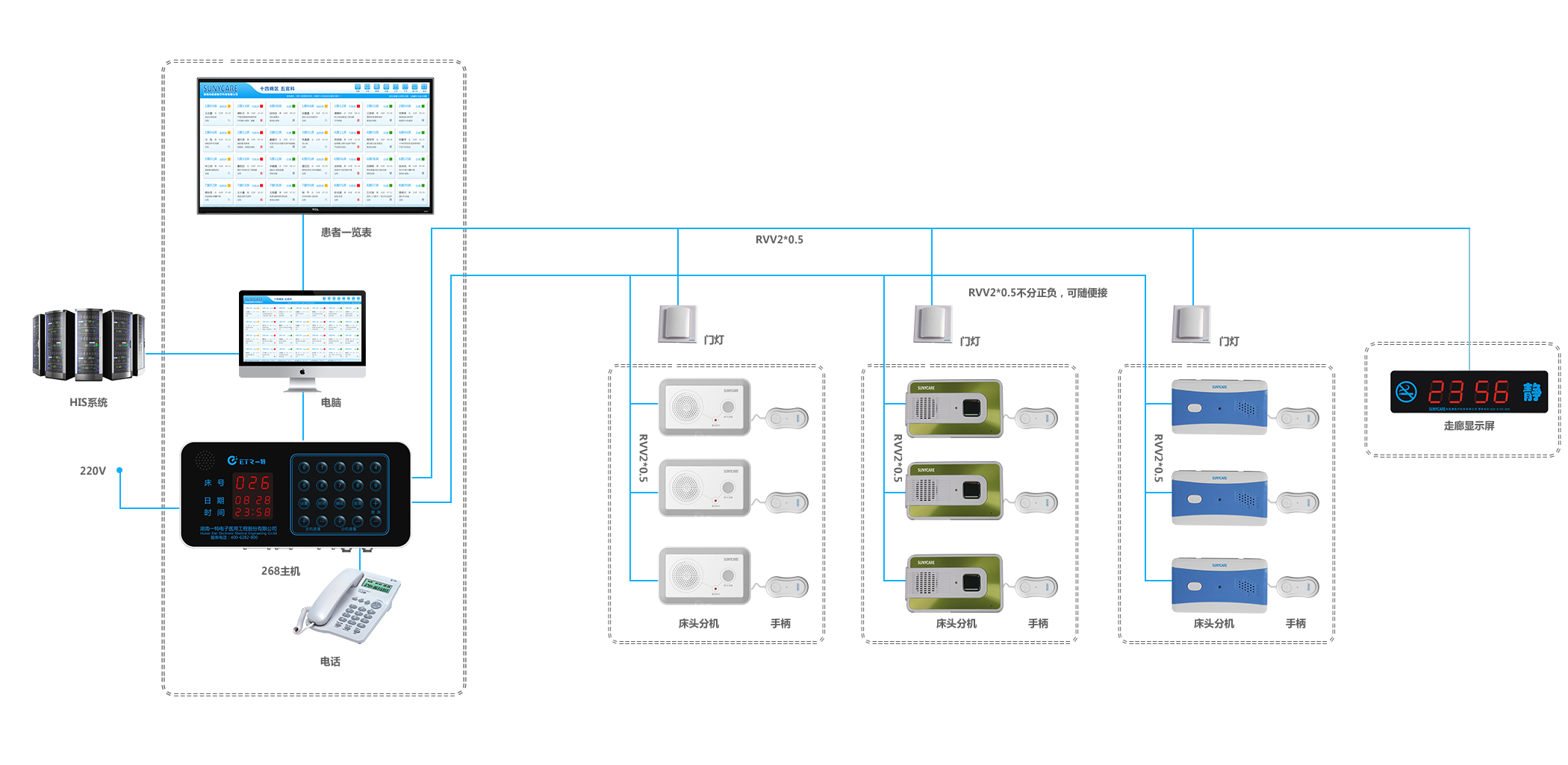1. Suitable temperature for egg preservation: embryos are temporarily stopped after egg production, and then the embryos begin to develop under a certain external environment. When the ambient temperature is high, but not at the proper temperature for embryonic development, embryo development occurs. Incomplete and unstable, it is easy to cause early embryonic death when the ambient temperature is low for a long time (0°C). Although the embryonic development is at rest, the vitality of the embryo is severely reduced and even died. The suitable temperature for preservation of common eggs is 13-18°C, long storage time, low temperature limit, short storage time, and upper temperature limit.
2. Appropriate relative humidity for preserved eggs: There are approximately 7500 air holes on the eggshell with a diameter of 1.5-15 microns. During the preservation of the eggs, the moisture in the eggs is continuously evaporated through these holes, and the speed is inversely proportional to the stored humidity. Generally, the relative humidity is kept at 75-80%. In addition, do not allow direct sunlight and drafts to pass through the eggs.
3, egg preservation time: eggs preserved even in a suitable environment, the hatching rate will decline as time goes by. With the extension of storage time, the bactericidal properties of the protein decreased. The evaporation of water in the egg increases, which changes the pH in the egg and causes the yolk and yolk membranes to become brittle. Due to the activity of various enzymes in the egg, it causes embryonic degeneration and degeneration of nutrients, reducing embryonic viability and residual bacteria. Breeding endangers the embryo, leading to a drop in hatching rate. It is generally considered that the preservation time of eggs is 5-7 days, and it should not exceed two weeks.
Second, the disinfection of eggs. When the mother egg is produced from the mother, it is contaminated by the excreted dirt from the cloaca, and when it comes into contact with the bedding and feces of the nest, the eggs are further contaminated, so there are many bacteria on the shell. With the passage of time, the number of bacteria rapidly increased. When the eggs were just produced, the number of bacteria was 100-300, after 15 minutes it was 500-600, after 1 hour it was 4000-5000, and some bacteria passed through the shells. The small holes enter the egg and pose a serious threat to the hatching rate and young birds. Therefore, the eggs must be carefully disinfected.
1, egg disinfection time: In theory, it is best to immediately disinfect the eggs after production, this can kill most of the bacteria on the shell, but can not do it. A more practical approach is to complete the first disinfection of quail eggs every day. When the eggs are hatched, they should be disinfected in the incubator for a second time.
2, egg disinfection method
(1) Formaldehyde fumigation. This method has good disinfection effect and is easy to operate. For eggs with poor cleanliness, 42 ml of formaldehyde per cubic meter, 21 g of potassium permanganate, and fumigation for 20 minutes at a temperature of 20-24°C and a relative humidity of 75-80% can kill the eggs on the shell. 9-98% of pathogenic microorganisms. During the second disinfection in the incubator, 28 ml of formaldehyde per cubic meter, 14 g of potassium permanganate, and closed fumigation for 20 minutes, the egg production time is shorter, and it is cleaner, using 14 ml of formaldehyde per cubic meter. , 7 grams of potassium permanganate, closed fumigation for 30 minutes, but should be noted: 1 formaldehyde and potassium permanganate chemical reaction is strong, but also has a large corrosive, so use larger ceramic containers. Use appropriate amount of warm water to dissolve potassium permanganate, then pour the formaldehyde solution into potassium permanganate solution, do not hurt the skin and eyes. 2 formaldehyde solution is very volatile, with the follow-up, if found that the two are mixed, only bubbling, produce a small amount of smoke, indicating formaldehyde failure, to replace the formaldehyde. When disinfecting 3 eggs in the incubator, they should avoid 24-96 hours old eggs, otherwise they are not good for the embryos.
(2) Xinjieer out of disinfection method: use 5% of the benzalkonium chloride plus 50 times the water that is formulated into a 1:1000 aqueous solution. Soak the eggs for 3 minutes (water temperature 43-45 °C), in addition to iodine soaking, killing soaking, chlorothalonil soaking. The preservation period of eggs should not be soaked and disinfected with the solution. The solution can easily destroy the glial layer of egg surface and accelerate the evaporation of moisture in the eggs. Bacteria are also easy to enter into eggs, so they are only used for disinfection during hatching.
ETR Two-wired Nurse Call System is designed for providing the communication between patients in wards and medical personnel in nurses offices in case of any peculiar conditions in hospitals.,it has higher performance-cost ration and more simple installation than those products of the same variety.
Two-Wired Nurse Call System,Medical Nurse Call System,Calling System For Hospital,Nurse Call Station
Hunan Eter Electronic Medical Project Stock Co., Ltd. , https://www.centralgas.be